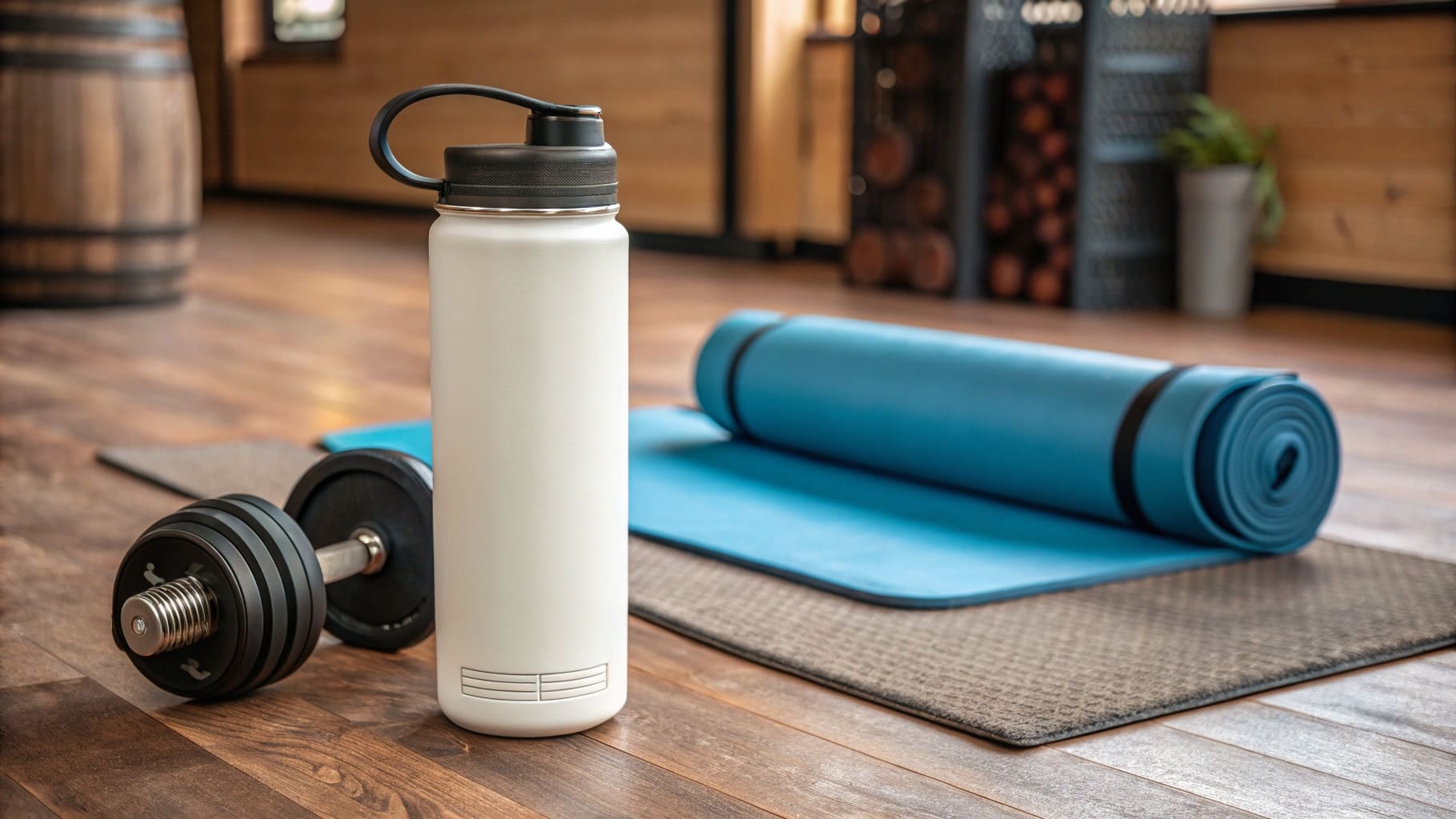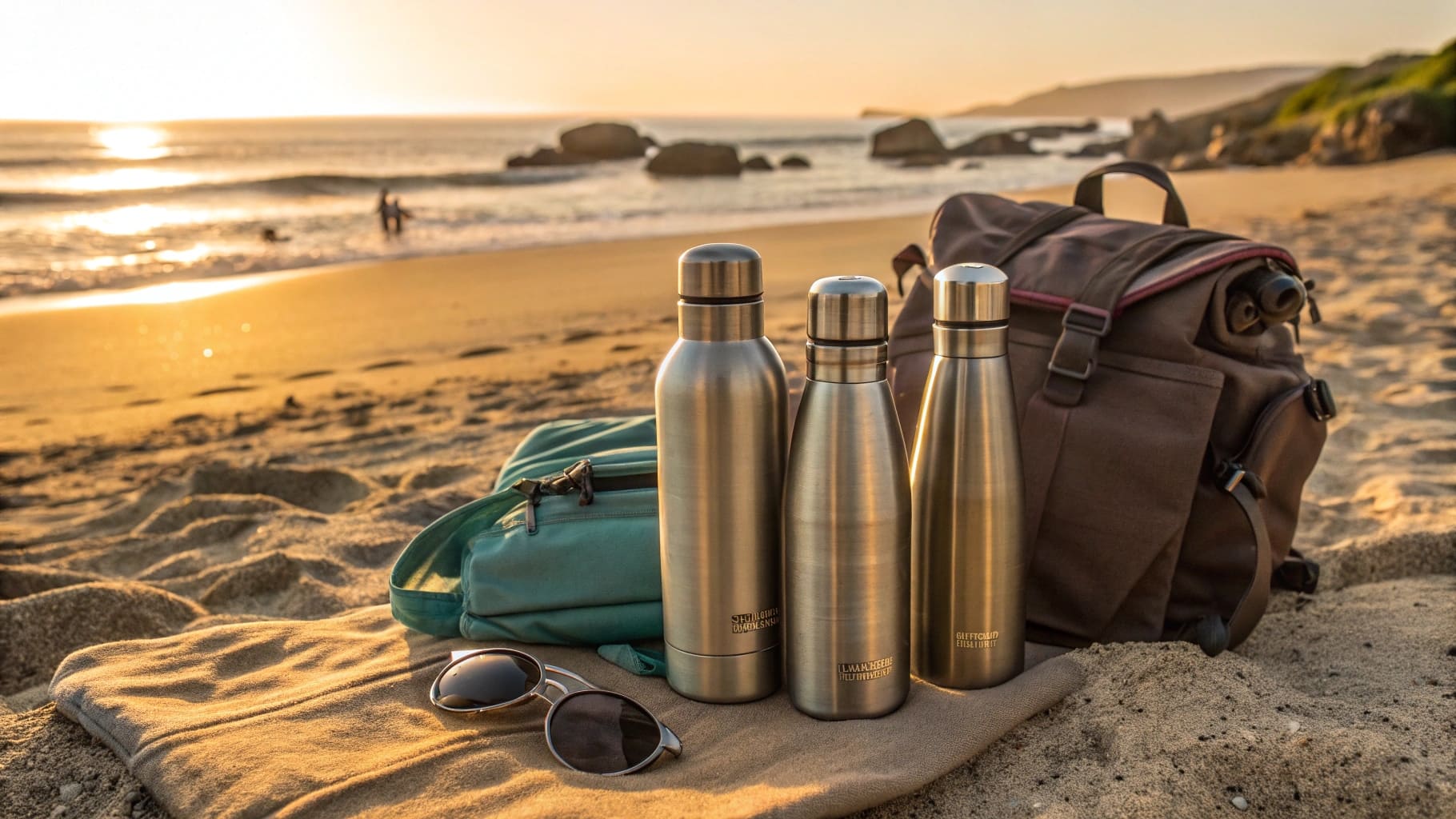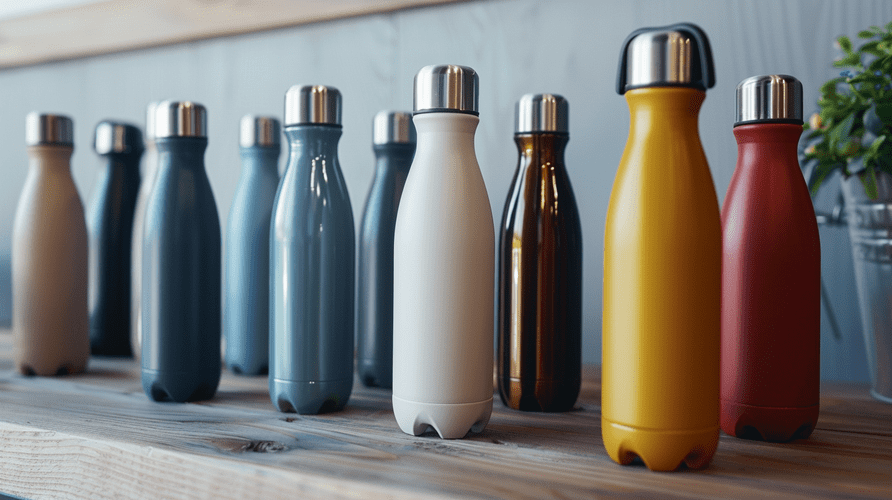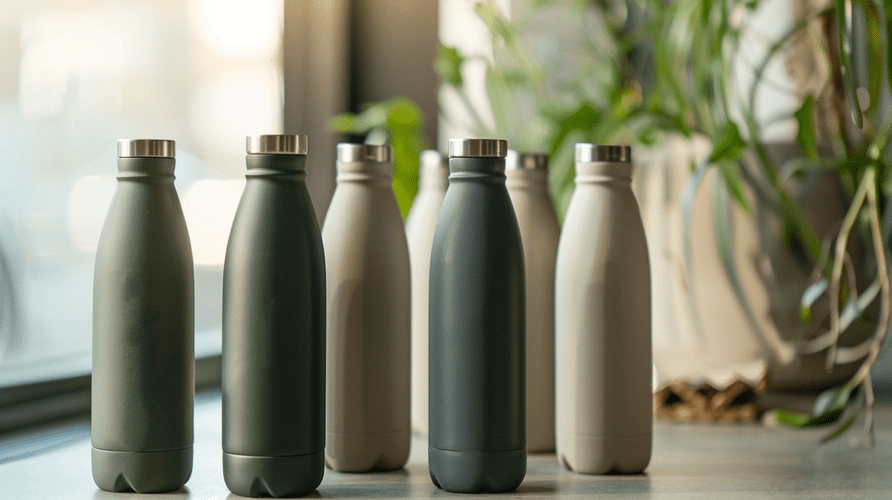Picking the wrong bottle size can sink profits. This strategic choice impacts your brand deeply. Let me guide you through finding the perfect fit for your business needs.
The "perfect" size depends on your target market. 18oz suits commuters, 32oz fits active users, and 64oz targets serious athletes or outdoor types. Choose based on your brand's focus and customer profile.

Selecting the right size is crucial, but it's just the starting point for B2B buyers like us. Understanding the specific advantages of each popular size helps you make smarter purchasing decisions. Let's break down the most common options you'll encounter.
What is the perfect size water bottle?
Unsure which bottle size your customers really want? Choosing incorrectly leads to dead stock. Let's match popular sizes like 18oz, 32oz, and 64oz to their ideal users.
There's no single "perfect" size. 18oz is portable, 32oz is versatile for daily hydration or fitness, and 64oz serves high-intake needs. Match the size to your customer's lifestyle and your brand's positioning.

Choosing the right size is about more than just volume; it's about market fit. As a B2B buyer, you need to think like your end customer and consider your brand strategy. I've worked with many buyers like Mark Shenng from Canada, who needs products that resonate with his specific customer base after rebranding. Getting the size right is the first step.
18oz (Approx. 530ml): The Grab-and-Go Option
This size is compact and easy to carry. It fits well in bags and car cup holders. Many people use it for daily commutes or keeping water handy at the office. It's also a popular choice for children's bottles due to its manageable size and weight. For businesses like yours, this translates to a versatile option. It works well for promotional merchandise or for brands targeting busy, on-the-go consumers. Its lower price point can also be attractive for bulk purchases.
32oz (Approx. 950ml): The All-Rounder
This is often the sweet spot and a very popular size globally. It holds a significant amount of water, suitable for fitness enthusiasts, hikers, or anyone aiming for solid hydration throughout the day without constant refills. Many buyers find this size has the broadest appeal. For B2B, this size is a strong contender. It's excellent for co-branding opportunities, especially with sports, wellness, or outdoor-focused companies.
64oz (Approx. 1.9L): The Hydration Hero
This large "half-gallon" bottle makes a statement. It's designed for serious hydration needs – think athletes during long training sessions, outdoor adventurers on multi-hour trips, or individuals meticulously tracking high water intake goals. From a B2B perspective, this is often positioned as a premium product. It appeals to brands focusing on performance, durability, outdoor gear, or those wanting to offer a high-capacity option that stands out.
Here's a quick B2B comparison table:
| Size | Target End-User | Key B2B Application | Main Advantage | Potential Consideration |
|---|---|---|---|---|
| 18oz | Commuters, Office, Kids | Promotions, General Consumer | Portability | Lower perceived value? |
| 32oz | Fitness, Hikers, Daily Use | Broad Appeal, Co-branding | Versatility | Standard, less niche? |
| 64oz | Athletes, Outdoors, High Intake | Premium Offering, Niche Brands | Capacity | Bulkier, higher cost? |
Carefully consider your specific target market demographics and your overall brand positioning when selecting which sizes to stock. Offering a curated selection might be better than trying to carry everything.
What are the best insulated water bottles?
Overwhelmed by claims of the "best" insulated bottle? Picking the wrong one damages your reputation and leads to wasted investment. Let's identify the crucial features that truly matter for B2B success.
The "best" bottles for B2B excel in insulation (double-wall vacuum), use quality materials (18/8 stainless steel), are durable, leak-proof, and allow customization. Supplier reliability and valid certifications (FDA, LFGB) are equally critical.

For B2B buyers, especially those like Mark who are sensitive to quality but need competitive pricing, "best" involves a careful balance. It's not just about the physical product; it's about the entire package – quality, reliability, and suitability for your market. Let's break down the essential elements I always look for when sourcing for Icobottle.
Material Matters: Quality, Safety, and Trust
The foundation of a great insulated bottle is the material.
- Stainless Steel Grade: Always insist on food-grade stainless steel. The most common and reliable type is 18/8 (also known as Type 304). It offers excellent resistance to rust and corrosion, it's durable, and crucially, it doesn't impart any unwanted flavors to the beverages. This is non-negotiable.
- BPA-Free: All components, especially the lid and any plastic parts that come into contact with the drink, must be certified BPA-free. This is a standard consumer expectation now, particularly in markets like North America and Europe. Meeting this ensures safety and broadens your market appeal.
Durability and Design: Built for Real Life
Your customers expect a bottle that lasts.
- Construction: Look for solid construction that can withstand everyday use, including minor bumps or drops. Powder coating finishes can add durability and scratch resistance, besides offering color options.
- Leak-Proof Lids: This is critical. A leaky bottle is a major point of frustration and can lead to negative reviews. Test lid designs – whether screw-on, flip-top, or straw lids – for secure seals. Different lid options also cater to different user preferences (e.g., wide mouth for ice, spout lid for easy sipping).
Customization Potential: Making It Your Brand
As importers or brand owners, the bottle needs to carry your identity.
- Surface Finish: Suppliers should offer various finishes like powder coating, painting, or even sublimation for full-color designs.
- Logo Application: Ensure the supplier can cleanly apply your logo via methods like screen printing, laser engraving, or etching.
- Color Matching: The ability to match specific Pantone colors is often important for brand consistency.
- Packaging: Custom packaging options can further enhance brand presentation.
Choosing a manufacturer like Icobottle, who understands these customization needs, is vital for creating a product that truly represents your brand.
What bottle has the best insulation?
Tired of bottles that don't keep drinks cold or hot long enough? Weak insulation disappoints customers and undermines your product's core promise. Let's look at what makes the best insulation technology work effectively.
Bottles with double-wall vacuum insulation1 offer the best performance. This technology minimizes heat transfer, keeping drinks cold for up to 24+ hours and hot for around 12+ hours consistently, depending on the specific design and external conditions.

The insulation performance is often the primary reason customers choose these types of bottles. For B2B buyers, verifying this performance and understanding the related manufacturing aspects is crucial. It directly impacts customer satisfaction and perceived value. Buyers like Mark Shenng need assurance that the products they import will perform as advertised.
The Gold Standard: Double-Wall Vacuum Insulation
This technology is the key differentiator for premium insulated bottles. Here’s a simple breakdown of why it works so well:
- Inner and Outer Walls: The bottle is constructed with two layers of stainless steel (usually 18/8 grade).
- The Vacuum: During manufacturing, the air between these two walls is completely pumped out. This creates a vacuum – essentially, an empty space.
- Blocking Heat Transfer: Heat travels through conduction (touching) and convection (air movement). Since there's virtually no air or matter in the vacuum space, heat transfer between the inside liquid and the outside environment is drastically slowed down. This keeps cold drinks cold and hot drinks hot for extended periods.
Some bottles may also feature a copper lining on the inner wall within the vacuum space, which can further reduce heat transfer via radiation, potentially offering slightly better performance, especially for hot beverages.
Verifying Performance and Supplier Trustworthiness
Claims are easy to make; verification is essential in B2B. This addresses key pain points Mark mentioned, like certificate fraud and communication issues.
- Performance Testing: Don't just rely on spec sheets. Request samples and perform your own simple tests (e.g., fill with ice water and check temperature after 12 and 24 hours). Reputable manufacturers should be confident in their product's performance. Third-party testing reports can also be valuable.
- Certifications (and Verification): Insist on seeing relevant certifications2 like FDA (USA) and LFGB (Europe). Crucially, don't just accept the document. Note the issuing body and certificate number. If possible, verify its authenticity directly with the issuing authority. This helps avoid the costly mistake of dealing with fraudulent certificates.
- Quality Control & Inspection: Understand the manufacturer's quality control processes. Consider using a third-party inspection service in China before shipment, especially for large orders. This checks for insulation defects, cosmetic flaws, and proper construction.
- Communication and Logistics: Consistent, clear communication with your supplier, like us at Icobottle, is vital. Discuss production timelines, shipping logistics, and payment terms clearly upfront to avoid delays that can lead to missed sales seasons – a major pain point for importers.
Focusing on proven vacuum insulation technology and rigorously vetting your supplier ensures you receive high-performing products that build customer trust.
Conclusion
Choosing the right insulated bottle involves matching size to market, demanding quality materials and top insulation, and verifying supplier reliability. This ensures customer satisfaction and builds your brand effectively.

